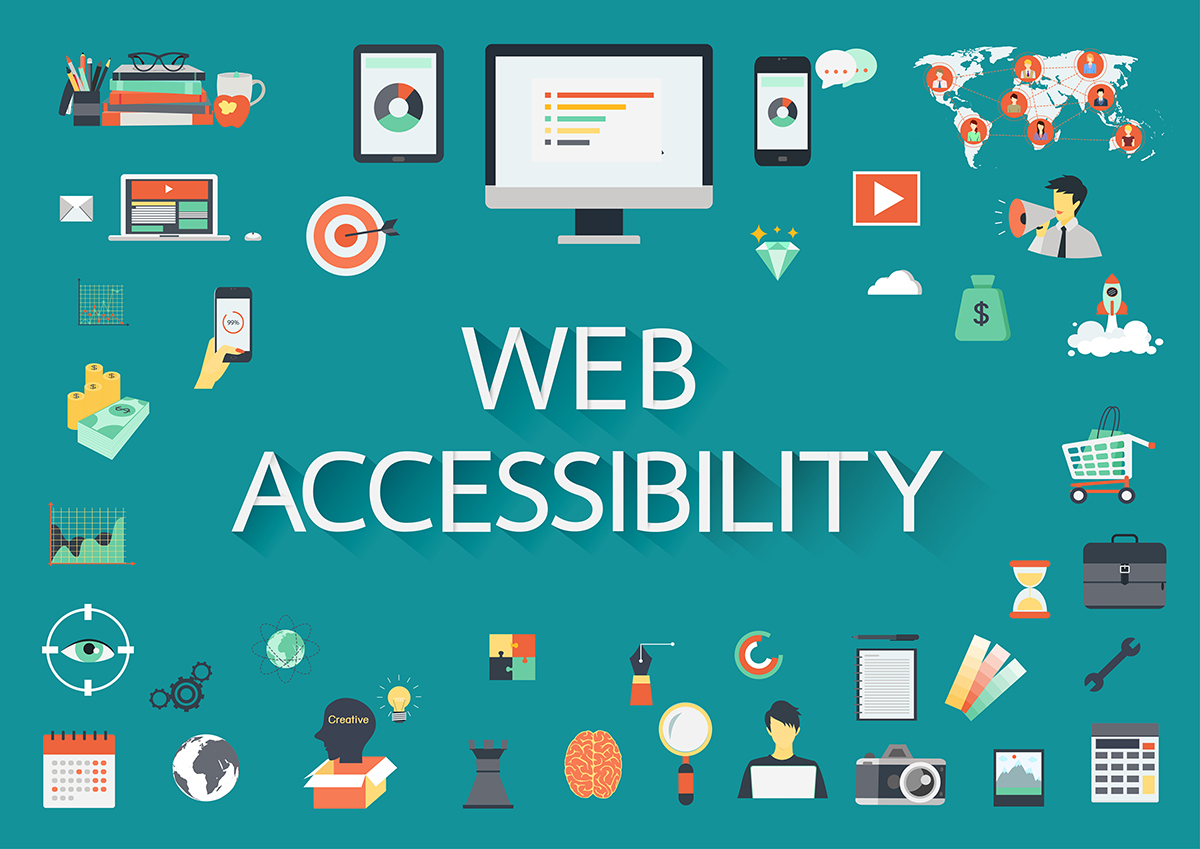What is Web Accessibility?
At FZP Digital, we want our clients to be able to reach the widest audience possible for their products and services. While technology is ever changing, it needs to be accessible to people of all abilities. We recently partnered with accessiBe, a leader in helping to make websites more accessible. Learn more about how we use accessiBe by visiting our website.
Web accessibility means that websites, tools, and technologies are designed and developed so that people with disabilities can use them. More specifically, people can:
- perceive, understand, navigate, and interact with the Web
- contribute to the Web
Web accessibility encompasses all disabilities that affect access to the Web, including:
- auditory
- cognitive
- neurological
- physical
- speech
- visual
Web accessibility also benefits people without disabilities, for example:
- people using mobile phones, smart watches, smart TVs, and other devices with small screens, different input modes, etc.
- older people with changing abilities due to ageing
- people with “temporary disabilities” such as a broken arm or lost glasses
- people with “situational limitations” such as in bright sunlight or in an environment where they cannot listen to audio
- people using a slow Internet connection, or who have limited or expensive bandwidth
Accessibility is Important for Individuals, Businesses, Society
The Web is an increasingly important resource in many aspects of life: education, employment, government, commerce, health care, recreation, and more. It is essential that the Web be accessible in order to provide equal access and equal opportunity to people with diverse abilities. Access to information and communications technologies, including the Web, is defined as a basic human right in the United Nations Convention on the Rights of Persons with Disabilities (UN CRPD).
The Web offers the possibility of unprecedented access to information and interaction for many people with disabilities. That is, the accessibility barriers to print, audio, and visual media can be much more easily overcome through web technologies.
Accessibility supports social inclusion for people with disabilities as well as others, such as:
- older people
- people in rural areas
- people in developing countries
There is also a strong business case for accessibility. As shown in the previous section, accessible design improves overall user experience and satisfaction, especially in a variety of situations, across different devices, and for older users. Accessibility can enhance your brand, drive innovation, and extend your market reach.
Web accessibility is required by law in many situations.
Making the Web Accessible
Web accessibility depends on several components working together, including web technologies, web browsers and other “user agents”, authoring tools, and websites.
The W3C Web Accessibility Initiative (WAI) develops technical specifications, guidelines, techniques, and supporting resources that describe accessibility solutions. These are considered international standards for web accessibility; for example, WCAG 2.0 is also an ISO standard: ISO/IEC 40500.
Making Your Website Accessible
Many aspects of accessibility are fairly easy to understand and implement. Some accessibility solutions are more complex and take more knowledge to implement.
It is most efficient and effective to incorporate accessibility from the very beginning of projects, so you don’t need go back and to re-do work.
Evaluating Accessibility
When developing or redesigning a website, evaluate accessibility early and throughout the development process to identify accessibility problems early, when it is easier to address them. Simple steps, such as changing settings in a browser, can help you evaluate some aspects of accessibility. Comprehensive evaluation to determine if a website meets all accessibility guidelines takes more effort.
There are evaluation tools that help with evaluation. However, no tool alone can determine if a site meets accessibility guidelines. Knowledgeable human evaluation is required to determine if a site is accessible.
Learn more about FZP Digital’s approach to web design .
If you like this post, you may also like this post about design trends.

